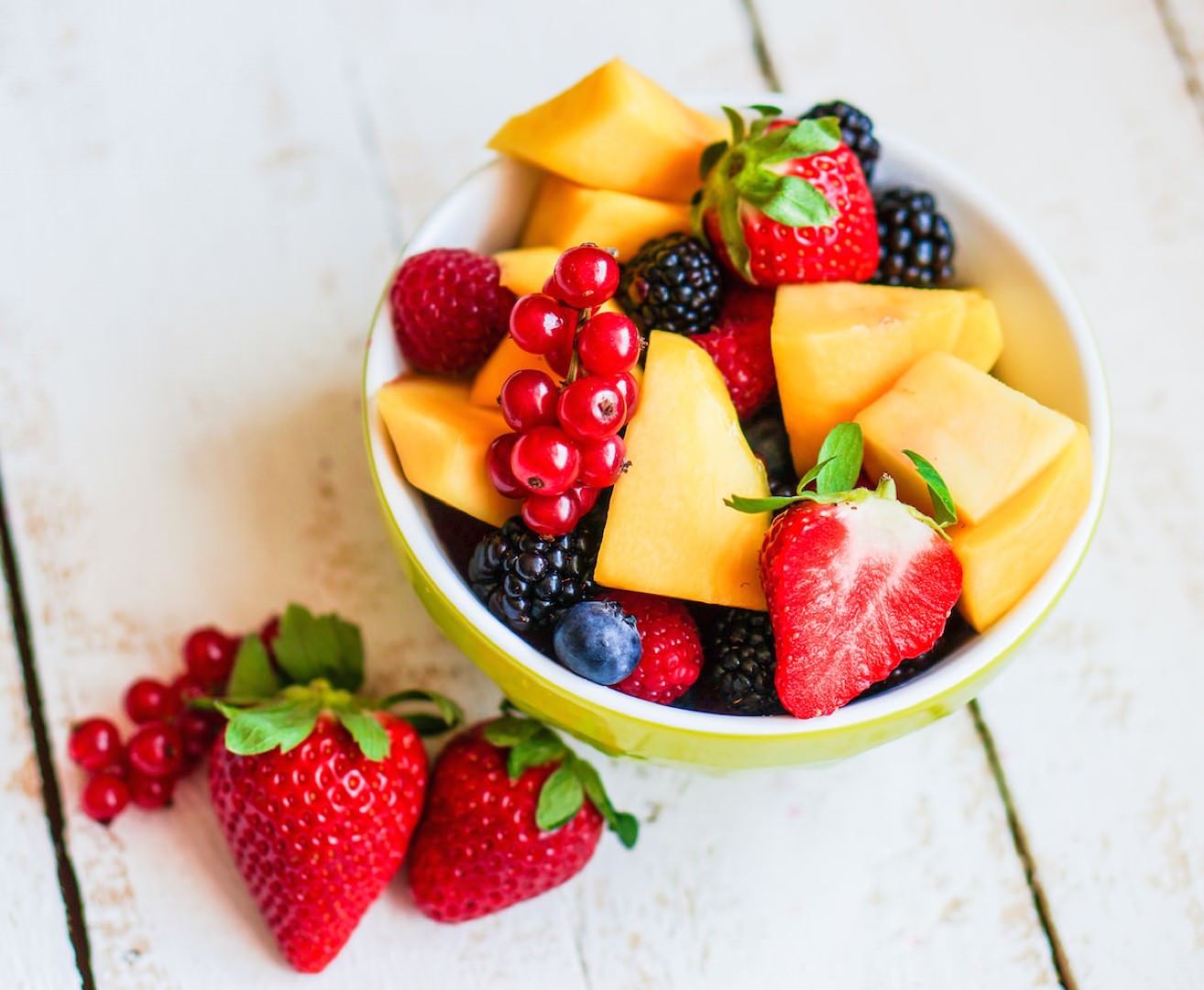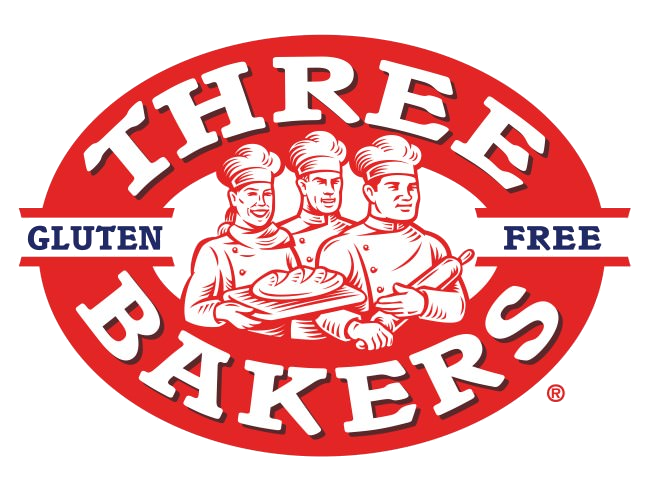- BY Susan Tucker
- POSTED IN Gluten-Free Life, Information
- WITH 0 COMMENTS
- PERMALINK
- STANDARD POST TYPE

During the month of January, we are exploring healthy eating tips and trends. In today’s post, we dive deeper into one of the most recent diet options on the food scene, the low FODMAP diet.
What is the Low FODMAP Diet?
The low FODMAP diet is a diet that is used in the treatment of Irritable Bowel Syndrome (IBS). Common symptoms include abdominal pain, excess flatulence, and bowel habits that frequently alternate between diarrhea and constipation. In some people, the symptoms can be quite debilitating, making work and the other activities of daily living difficult. The diet is also useful in people with inflammatory bowel diseases, such as colitis and Crohn’s Disease, and those whose digestive tract has been damaged from undiagnosed celiac disease.
In the past, various medications and fiber supplements have been used to treat IBS, without much success. Many sufferers eventually began to feel that maybe it was certain foods that triggered there symptoms, and research from several studies have supported this theory. This diet naturally involves eliminating all FODMAPS from the diet for a period of six to eight weeks and then gradually reintroducing high FODMAP foods one at a time to determine your personal triggers. Not every short-chain carbohydrate causes issues in every person.
Detailing FODMAPS:
FODMAPS are what scientists call short-chain carbohydrates. These carbohydrates are not easily digested in the small intestine. With the aid of bacteria, they quickly begin to ferment in the gut. The bacteria give off a gas, which exacerbates symptoms. FODMAP stands for Fermentable Oligo-Di-Monosaccharides and Polyols.
Oligo-saccharides
This poorly digested carbohydrate is present in wheat, beans, peas, and onions. It is also in processed food additives known as inulin and fructooligosaccharides.
Di-saccharides
The primary form of this carbohydrate is lactose from cow, sheep, and goat milk. Many people are lactose-intolerant but IBS sufferers can usually handle small amounts of this sugar. Everyone is different, so it is recommended individual experiment to see if it actually needs to be completely removed from the diet.
Mono-saccharides
Mono-saccharides are fructose. This sugar occurs naturally in many fruits and honey. Apples as well as sugar snap peas are frequent culprits.
Polyols
These sugar alcohols are found in xylitol and sorbitol, popular sugar substitutes. They are also common in drupes, or stone fruits, such as peaches and plums. They are also present in mushrooms and cauliflower.
Which Foods Are Safe?
While this list is not exhaustive, it will give you a good idea of foods suitable for the low FODMAP diet.
Vegetables And Legumes
- Alfalfa and bean sprouts
- Broccoli
- Brussels sprouts
- Butternut squash
- Cabbage
- Carrots
- Chick peas
- Corn
- Cucumber
- Green beans
- Green pepper
- Lettuce
- Spinach
- Tomatoes
Note that garlic and onions are not allowed.
Fruit
- Bananas
- Blueberries
- Cantaloupe
- Cranberries
- Grapes
- Kiwifruit
- Lemons and Limes
- Oranges
- Pineapple
- Raspberries
- Strawberries
Drupes, blackberries, and watermelon as well as prunes and raisins should be eliminated.
Meats
Beef, pork, chicken, turkey and lamb are all fine, as is fish and seafood. Spicy meats, like chorizo, and processed meats and sausages need to be avoided.
Cereals and Grains
Only gluten-free breads, grains, and cereals are allowed.
Dairy And Eggs
No animal milk is allowed initially. Substitute with almond or cashew milk. Butter and eggs are allowed. Cheddar, Swiss, mozzarella, feta, and goat cheese are safe.
As with any diet change, it is recommended you first speak to your doctor, who may refer you to a registered dietitian for additional assistance.
If you are interested in starting a low FODMAP diet, it is extremely helpful if you keep a detailed food diary in the beginning. In addition to noting what you eat at each meal, write down how you felt from a scale of 1 to 10 as well as any symptoms you may have had. You can also note any other events, like bowel movement details.


